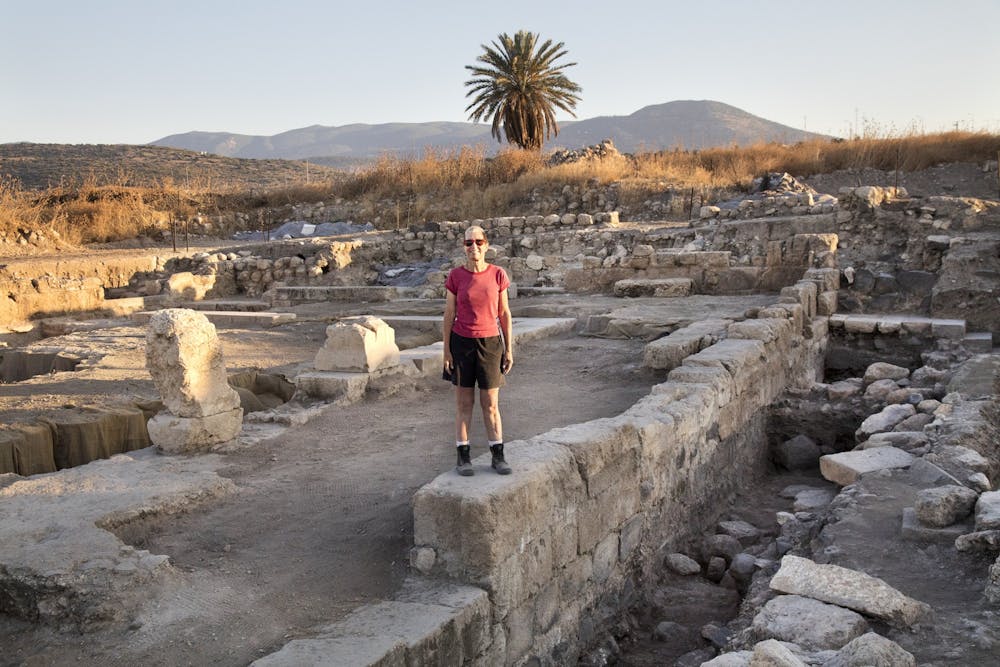While some students took on internships or indulged in travels this summer, 11 students and specialists from UNC participated in a dig at an ancient Jewish synagogue in Israel.
The group unearthed mosaics almost 1,600-years-old in a synagogue at Huqoq, a village in Lower Galilee.
Led by Jodi Magness, archaeologist and UNC professor, the team uncovered an unprecedented depiction of two female biblical heroes.
“This is the first time the depiction of these two biblical heroines has been discovered in ancient Jewish art,” Magness said in an email. “What we do not know is why they were significant to the Huqoq villagers — why did they choose to depict this episode in the mosaics.”
The first known descriptions of the heroines Deborah and Jael — also referred to as Yael — are found in the book of Judges in the Torah and Christian Old Testament.
In the book, judge Deborah was a leader who inspired the Israelites to victory over the Canaanites. Jael killed Sisera, the general of the Canaanites army, and delivered Israel from King Jabin of Canaan, according to the Old Testament.
This is the 10th season UNC archeologists have worked on the Huqoq Excavation Project after recent seasons were canceled due to the COVID-19 pandemic. Magness, project director, and Dennis Mizzi, assistant project director and professor at the University of Malta, focused their excavation this summer on the southwest area of the synagogue.
A portion of the floor revealed a large mosaic panel divided into three horizontal strips, depicting a narrative from the fourth chapter of the book of Judges.
Aislynn Grantz, a UNC junior majoring in archeology and environmental studies, volunteered to learn and work on the excavation this summer.



